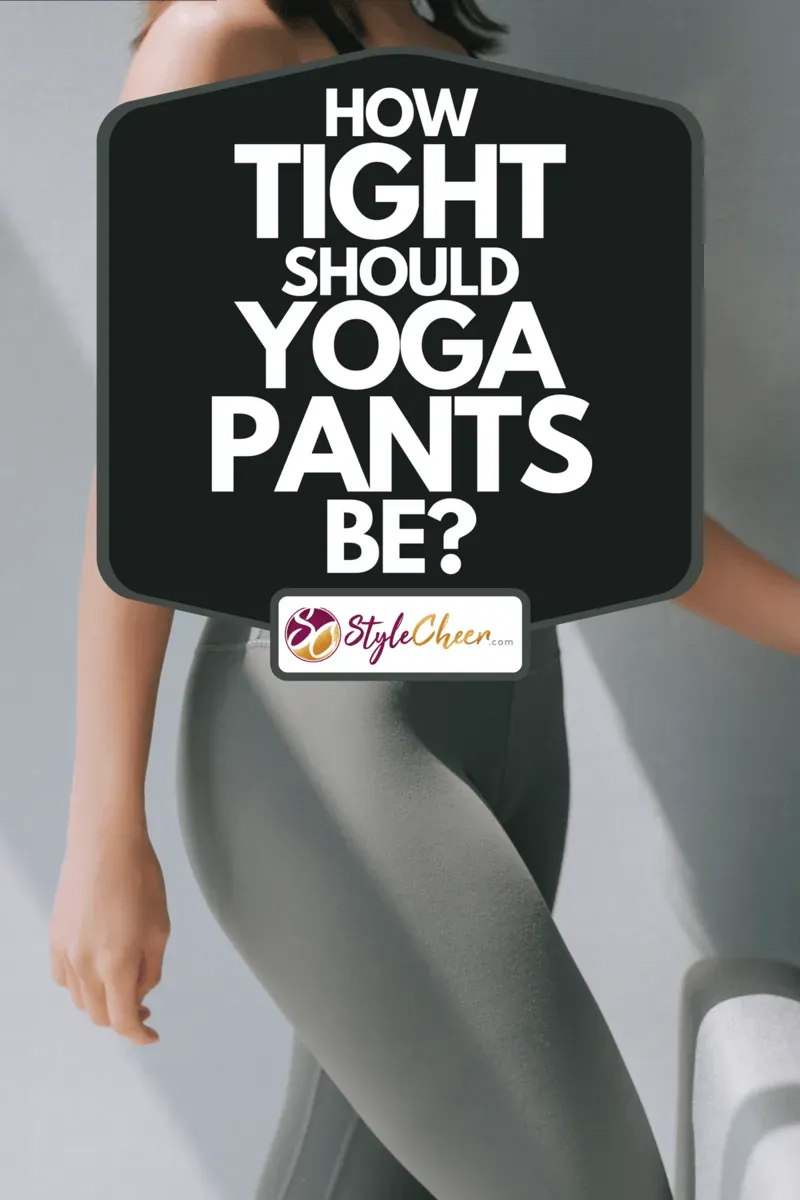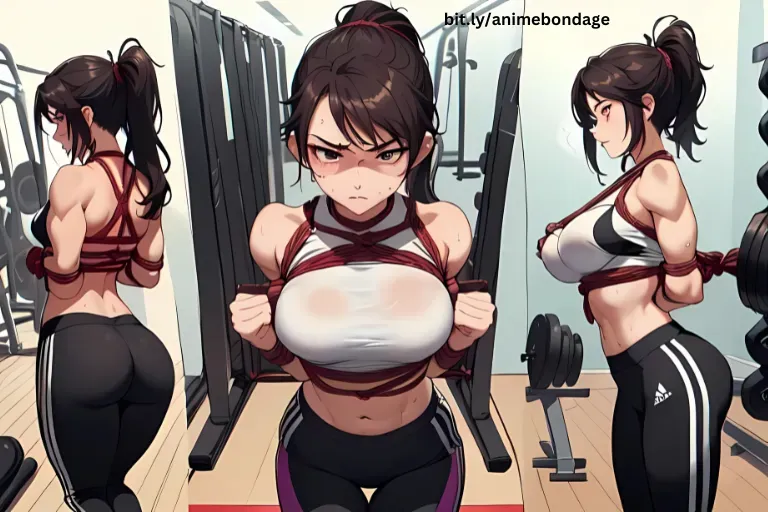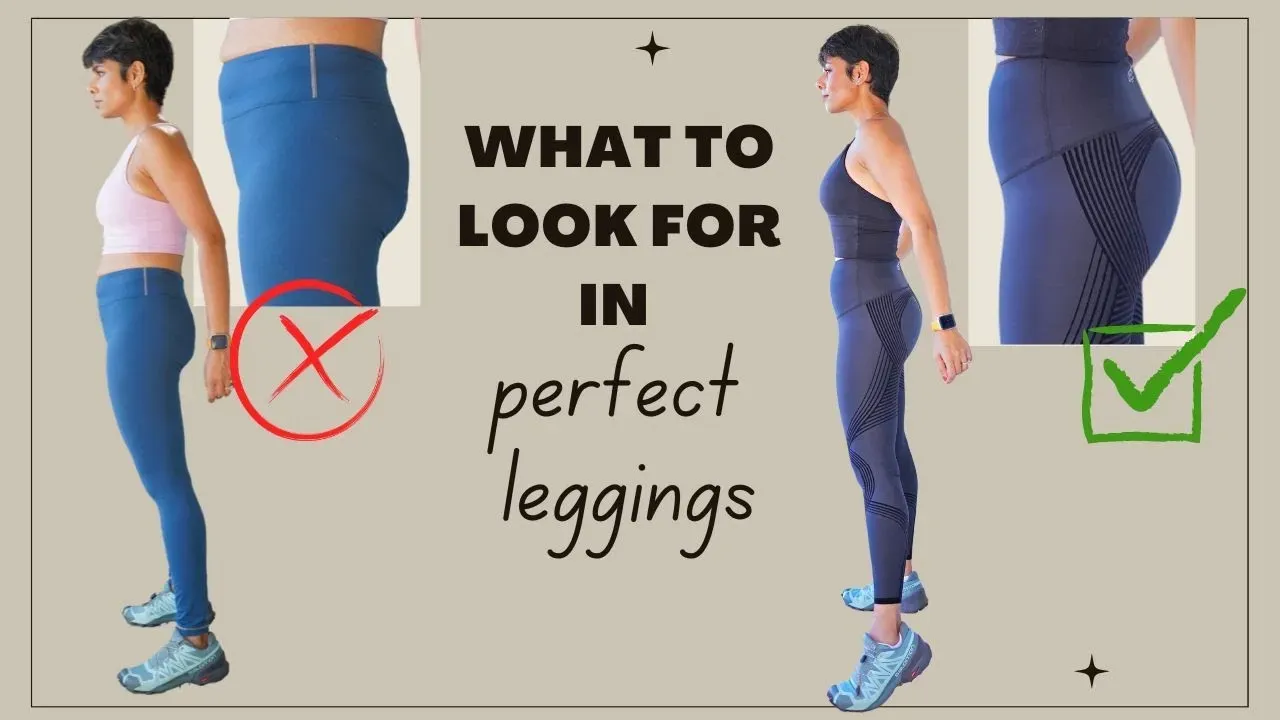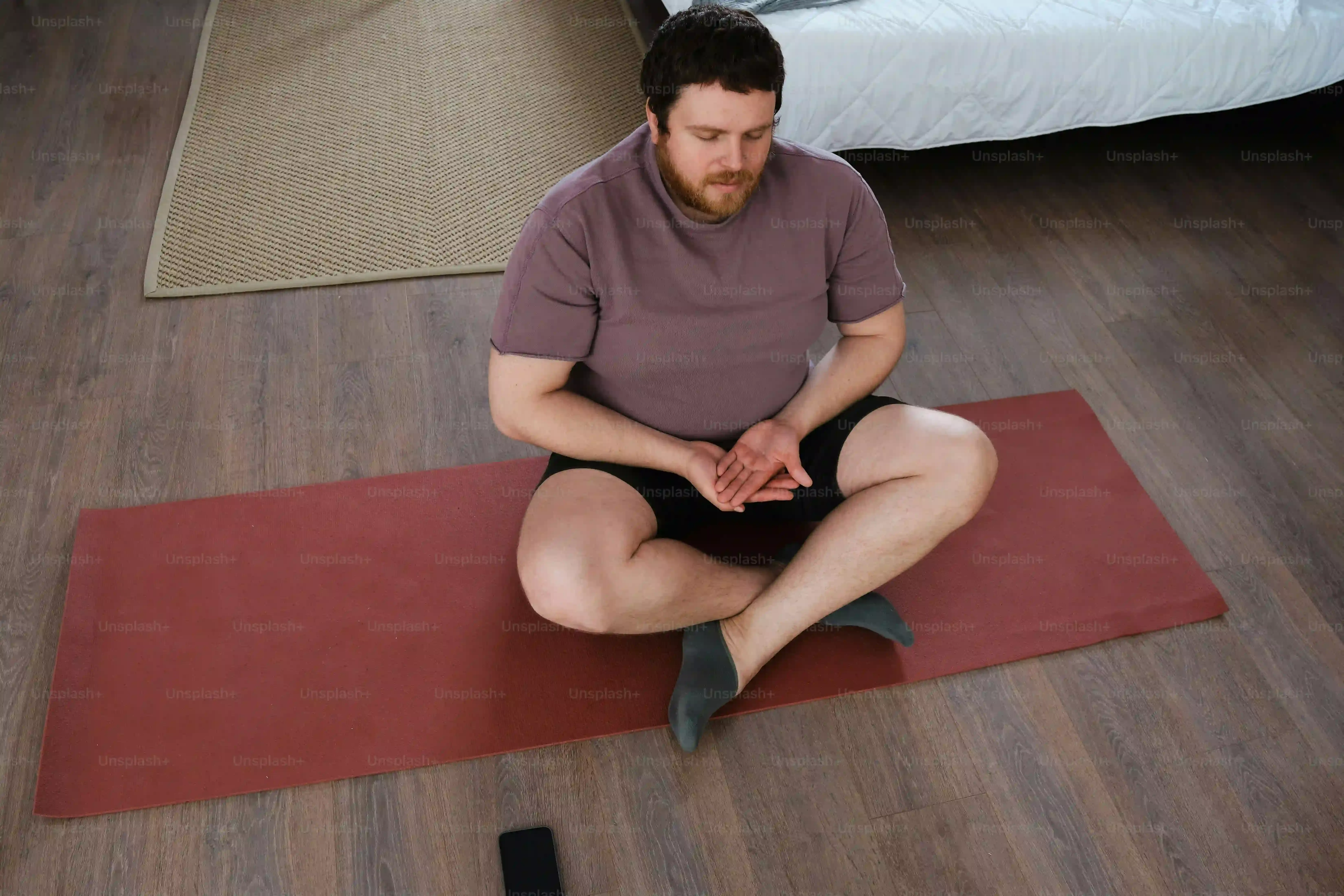Table of Contents
Introduction
Finding the right pair of yoga pants feels like a quest sometimes, doesn't it? You want comfort, support, and something that actually stays put while you're in downward dog or attempting that tricky balance pose. Too loose, and they bunch up or slide down. Too tight, and you feel squeezed and restricted, like a sausage in its casing. It makes you wonder, exactly how tight should yoga pants be? This isn't just about looking good; the fit significantly impacts your practice and overall comfort. Getting the fit right means your pants move with you, not against you. They should feel like a second skin, offering gentle support without digging in or leaving angry red marks. We'll dive into what that "second skin" feeling actually means, look at the role of materials and features like compression, and give you practical tips on choosing the perfect size and style for your body. Say goodbye to distractions and hello to comfortable, effective workouts. Let's figure out the ideal fit together.
Understanding the Yoga Pants Fit Puzzle

Understanding the Yoga Pants Fit Puzzle
Why Fit Matters More Than You Think
so you're staring at a wall of yoga pants, right? Different brands, different styles, and you're probably wondering, "Do these need to be painted on or just comfortably snug?" It’s not just about looking good, though that helps. The fit of your yoga pants fundamentally affects how you move.
If they're too loose, fabric bunches up, gets in your way, and can even cause you to trip. If they're too tight in the wrong places, you feel restricted, unable to fully extend or flex. That perfect pose you're working towards? A bad fit makes it harder, maybe even impossible, to achieve comfortably.
It’s like trying to run a marathon in shoes that don't fit. Distracting, uncomfortable, and potentially painful.
What Are Yoga Pants, Anyway?
Yoga pants started as specific apparel for yoga practice, focusing on stretch, coverage, and ease of movement. Think of them as a specialized tool for a specific job.
Unlike regular leggings or even some gym tights, true yoga pants prioritize flexibility and often a comfortable waistband that doesn't dig in during seated poses or inversions. They're designed to handle deep stretches and holds without tearing or becoming see-through.
The fabric needs to breathe and wick sweat because, yes, you can get sweaty even in a gentle yoga class. Understanding their core purpose helps clarify why finding the right fit is key – they're built for movement and specific physical demands.
Here's why nailing the fit is crucial:
- Prevents distractions during practice (no tugging or adjusting).
- Allows full range of motion for poses.
- Ensures fabric isn't see-through when stretched (squat-proof!).
- Provides comfort during long holds or seated meditation.
- Reduces chafing from excess fabric or seams.
How Tight Should Yoga Pants Be? Finding the "Second Skin" Feel

How Tight Should Yoga Pants Be? Finding the "Second Skin" Feel
Finding the "Second Skin" Sweet Spot
let's get to the core question: how tight should yoga pants be? The sweet spot is what people often call the "second skin" fit. This means they should feel snug against your body, following your curves without any sagging or excess fabric. You shouldn't have to constantly pull them up or adjust them. They should feel supportive, like a gentle hug, but never restrictive. If you feel like you can't take a full, deep breath, or if they're digging into your waist or thighs, they're too tight. On the flip side, if you can pinch more than an inch of fabric easily away from your leg, they're likely too loose and will probably slide down.
Think about the feeling:
- Smooth against the skin, no bunching.
- Supportive but not compressive (unless they're specifically compression leggings).
- Moves with you, not pulling or resisting.
- Waistband stays put without rolling down.
- No digging or pinching anywhere.
Beyond Tightness: Materials, Compression, and Essential Features

Beyond Tightness: Materials, Compression, and Essential Features
Materials Matter: Fabric is Your Friend (or Foe)
so we've talked about how tight should yoga pants be – that "second skin" feel. But let's be real, that feeling is impossible if the fabric itself is garbage. You can't expect a pair made of thin, cheap material to feel supportive or pass the squat test.
Good yoga pants use blends, often polyester, nylon, or spandex, sometimes bamboo or cotton for comfort. The key is a mix that provides stretch and recovery. You want the fabric to snap back into shape, not get baggy after one wear or stretch out weirdly at the knees. It also needs to handle sweat. Look for moisture-wicking properties – it pulls sweat away from your skin so you don't feel like you're marinating in your own juices during class.
Compression and Other Savvy Features
Beyond just snugness, some yoga pants offer compression. This isn't just about making you look slimmer (though some folks like that). Compression fabric is designed to provide graduated pressure, which some athletes believe can help with blood flow, reduce muscle fatigue, and aid recovery. For yoga, it can offer extra support, especially around the core or thighs.
But not everyone likes compression for yoga; it can feel restrictive during deep stretches. It's a personal preference thing. Other features to look for? A gusseted crotch (a diamond or triangle piece of fabric) prevents camel toe and adds durability. Flatlock seams reduce chafing. And pockets? Always a win for stashing a key or phone pre- or post-class.
Consider these fabric features:
- Moisture-wicking: Keeps you dry.
- Four-way stretch: Allows movement in every direction.
- Fabric weight: Thicker often means more durable and squat-proof.
- Breathability: Prevents overheating.
- Softness: Comfort against the skin.
Choosing Your Perfect Pair: Size, Style, and How to Test the Fit

Choosing Your Perfect Pair: Size, Style, and How to Test the Fit
Size Tags Lie (Sometimes): Finding Your True Fit
so you know how you're a perfect size whatever in jeans? Yeah, throw that out the window when it comes to yoga pants. Sizing is notoriously inconsistent across brands. A "medium" in one company might feel like a compression sausage casing, while in another, it feels like comfy pajamas. Don't get hung up on the number on the tag. Your mission is to find the size that achieves that "second skin" feel we talked about.
Start with your usual size, but be prepared to try a size up or down. Pay attention to how they feel around your waist, hips, and thighs. Are they easy to pull on, or are you doing a wrestling match in the fitting room? If you hear seams straining or feel like blood flow is being restricted, they're too small. If there's significant gaping at the waist or excess fabric around the crotch or knees, they're too big.
Style and Length: It's Not Just About Ankle Coverage
Yoga pants come in more flavors than just full-length black. You've got capris (mid-calf), 7/8 length (just above the ankle), and even shorts or bootcut styles, though the latter are less common for dynamic yoga. Your choice here often comes down to personal preference, the temperature of your practice space, and the type of yoga you do. Hot yoga might call for less fabric, while a restorative class is fine with full-length comfort.
Consider the waistband style too. High-waisted bands are popular because they stay up better during inversions and offer core support. Mid-rise works for some, but can sometimes roll down. Low-rise? Unless you enjoy flashing your midsection or adjusting constantly, maybe skip those for serious practice.
Here are some common styles and what they're good for:
- Full-Length: Versatile, good for most practices, offers warmth.
- 7/8 Length: Popular modern fit, avoids fabric bunching at ankles, good for shorter folks.
- Capri: Cooler option, good for hot yoga or warmer climates.
- High-Waisted: Excellent support, stays put, flattering for many body types.
- Bootcut: More relaxed fit below the knee, less common for flow yoga.
The Crucial Test: Bend, Stretch, Squat!
You've found a pair that feels promising in the fitting room mirror. Now comes the real test. Don't just stand there. Move! Do a few squats. Bend over like you're touching your toes. Lift your knees to your chest. Do a lunge. This is where you find out if they truly work or if they're just expensive leggings masquerading as yoga pants.
The most important test? The squat test. Bend down deep. Have a friend (or the fitting room mirror) check your backside. Can they see your underwear, or worse, your skin? If yes, put them back. They are not squat-proof, and therefore, not truly fit for dynamic movement. Check for pinching, pulling, or any feeling of restriction as you move through a range of motion. A good pair lets you forget you're wearing them.
Finding Your Perfect Fit
So, when it comes to how tight should yoga pants be, the answer isn't a single number on a tag. It's about finding that sweet spot where they feel snug and supportive, like a true extension of your body, without restricting movement or causing discomfort. Think "second skin," not "constricting bandage." Pay attention to how they feel through a range of motions, check for transparency during squats, and consider features like waist height and material. Ultimately, the best fit is the one that lets you focus on your practice, not your apparel. It might take trying a few pairs, but the right fit makes a noticeable difference.
